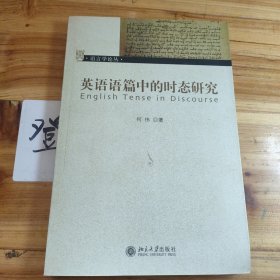
语言学论丛—英语语篇中的时态研究
馆藏书,下书口有点破损
¥ 49 八五品
仅1件
湖南长沙
认证卖家担保交易快速发货售后保障
作者何伟 著
出版社北京大学出版社
出版时间2008-02
版次1
装帧平装
货号1-30FF
上书时间2024-02-29
- 在售商品 暂无
- 平均发货时间 5小时
- 好评率 暂无
- 店主推荐
- 最新上架
商品详情
- 品相描述:八五品
图书标准信息
- 作者 何伟 著
- 出版社 北京大学出版社
- 出版时间 2008-02
- 版次 1
- ISBN 9787301133866
- 定价 38.00元
- 装帧 平装
- 开本 16开
- 纸张 胶版纸
- 页数 276页
- 字数 300千字
- 【内容简介】
-
本研究在系统功能语法理论的框架下,将英语时态的研究扩展到限定性并列关系小句复合体中的时态现象,讨论非限定性动词形式表达的时态意义、限定性及非限定性动词形式表达的“体”的意义、时态的情态用法以及各种语篇类型中的时态模式,目的是在《英语时态论》一书的基础上建构一个比较完整的功能时态理论体系,呈现时态在语篇中的一个全貌。
结合《英语时态论》一书,我们对时态在十个方面,即时态的定义、时态的种类、时态的基本特征、时态与时间环境成分的关系、时态的小句层次性、基本原则和运作规则、非限定性小句中的时态现象、限定性和非限定性动词形式的次要意义、时态隐喻现象和不同类型语篇中的时态现象等方面的研究结论,构成了我们对原系统功能语法时态系统观发展后的整个理论框架:作为一个语法范畴,任何时态都建构一种或一系列的时间关系,或者是由小句过程事件发生时间直接或间接指向话语发出时闻或另外一个时间参照点,也或者是由一个时间参照点直接或间接指向话语发出时间或其他时间参照点;时态有四种类型——首要时态、次要时态、首要一次要时态和次要一次要时态;时态有两个基本特征,即时态既具备指示性,又是一种操作词;时态时间结构说明了时间环境成分所表示时间的性质时态作为一个整体属于小句层次;时态系统遵循三分制和递归性两个基本原则,以及时间参照点制约规则、时间参照点视角保持规则、时间参照点视角改变规则和时间参照点切换规则四个运作规则;非限定性小句中的“动词词组”首先体现的是时态;限定性和非限定性动词形式在表示时态意义的同时,也表示语法“体”的意义;时态的非时间用法,即情态用法,是一种语法隐喻;动态语篇中的时态与独立小句以及小句复合体中的时态一样,都具有指示性,又都是一种操作词,对动态语篇中时态的描述不能与对事件发生时间先后关系的解释等同起来。 - 【作者简介】
- 何伟女,1970年生,山东汶上人,中山大学文学博士,北京师范大学博士后。现任北京科技大学外国语学院副院长,副教授,硕士生导师,外国语言学与应用语言学学科带头人。 研究方向为功能语言学、语篇分析以及翻译理论与实践。在外语类核心期刊和专业期刊上发表论文20余篇
- 【目录】
-
序(一)
序(二)
前言
Synopsis
List of Figures
List of Tables
List of Diagrams
Notational Conventions
Abbreviations
1. Introduction
1.1 Background to the study
1.2 The aim of the study and some related research questions
1.3 Data collection
1.4 The organization of the study
2. Preliminaries
2.1 Introduction
2.2 The definition of tense
2.3 Types of tense
2.4 Features of tense
2.5 The relationship between tense and temporal circumstances
2.6 The uplift of tense to the clause rank
2.7 Basic principles and working rules
2.8 The interpretation of the temporal order of events
2.9 Summary
3. Tense in finite paratactic clause complexes
3.1 Introduction
3.2 Features of finite paratactic clause complexes
3.3 Dominant-and-dependent tense relationships
3.3.1 Tense relationships located in a past time
3.3.1.1 Anteriority
3.3.1.2 Simultaneity
3.3.1.3 Posteriority
3.3.2 Tense relationships located in a present or future time
3.3.3 Tense relationships in the combination of parataxis and projection
3.4 Independent tense phenomena
3.4.1 Application of the reference time shifting rule
3.4.2 Motivations for the application of the reference time modifying rule
3.5 Interpretation of the temporal order between event times
3.6 Summary
4. Tense in non-finite clauses
4.1 Introduction
4.2 Features and functions of non-finite clauses
4.3 Nature of verb forms in non-finite clauses
4.3.1 Tense or aspect
4.3.2 Tense rather than aspect
4.3.3 Realization forms
……
点击展开
点击收起
相关推荐
— 没有更多了 —







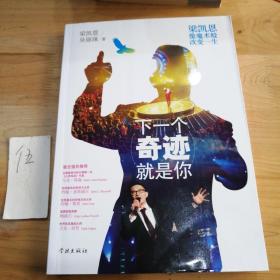
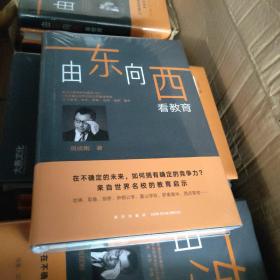
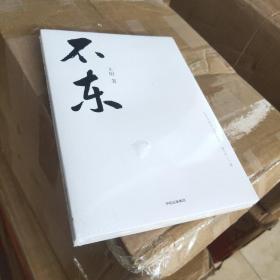
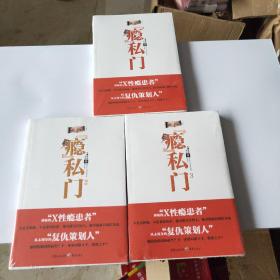
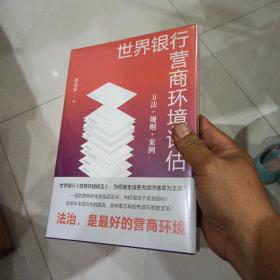
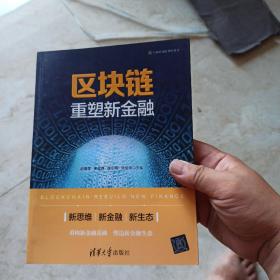
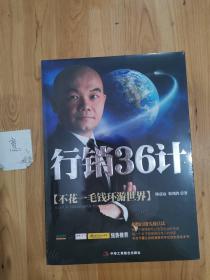
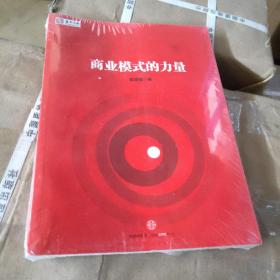
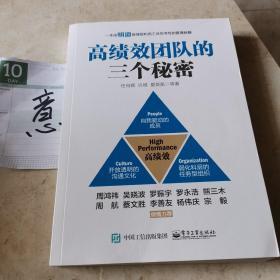







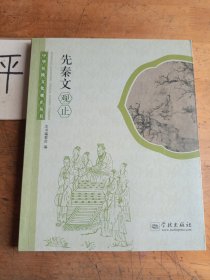


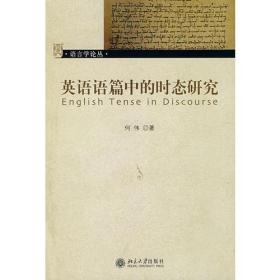
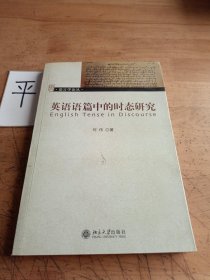


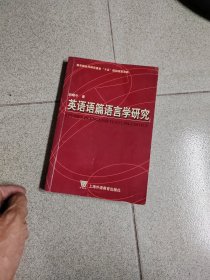
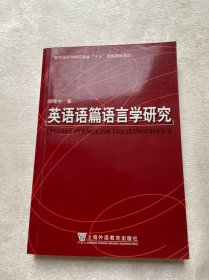
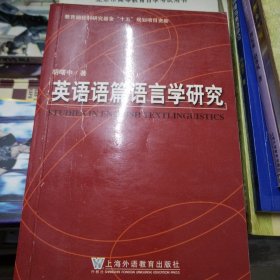
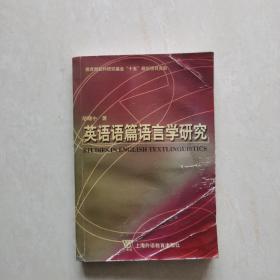

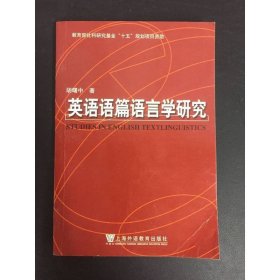
以下为对购买帮助不大的评价